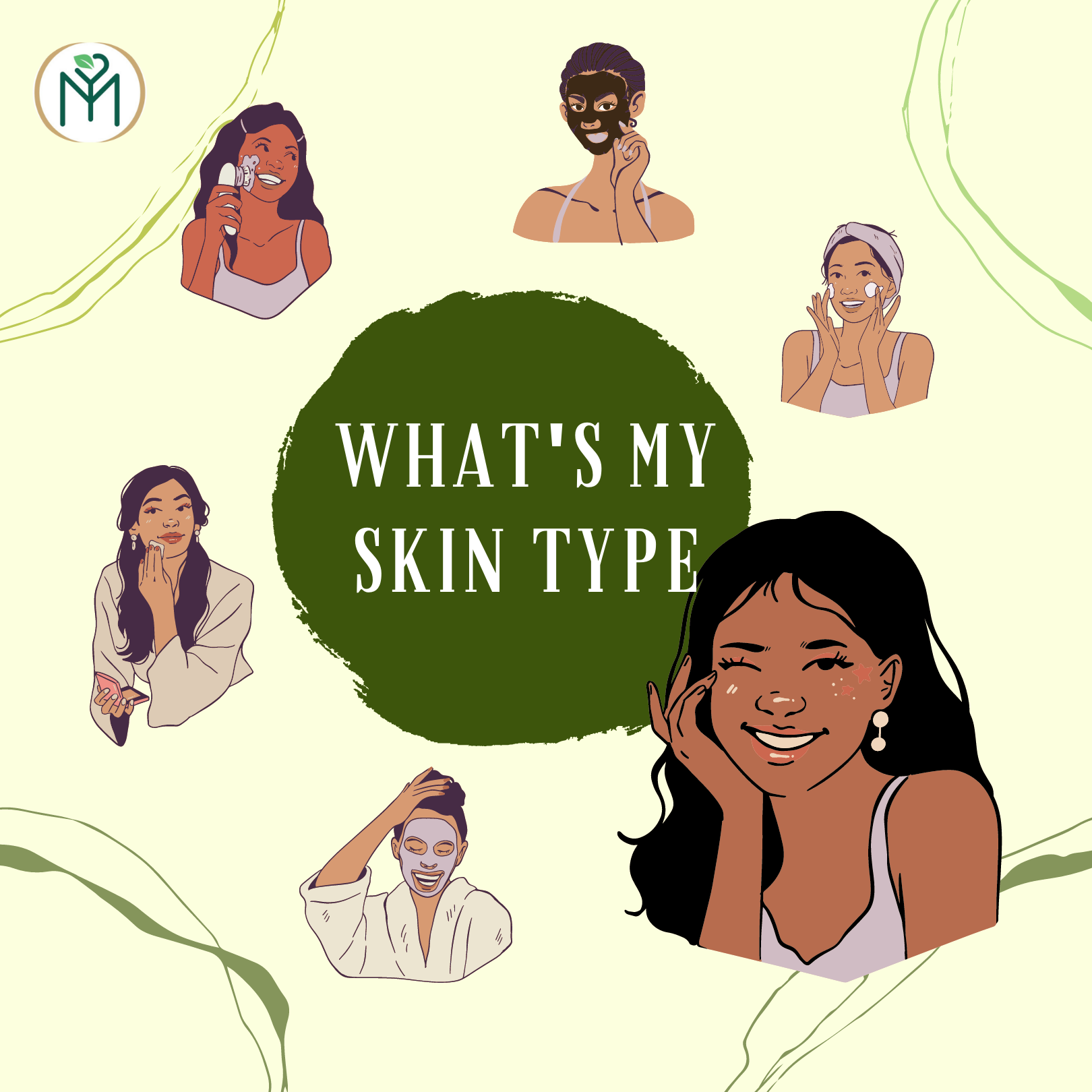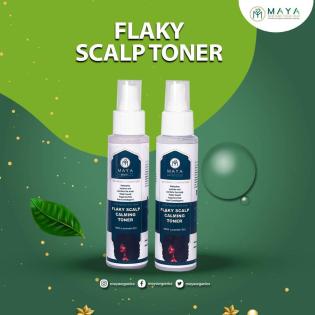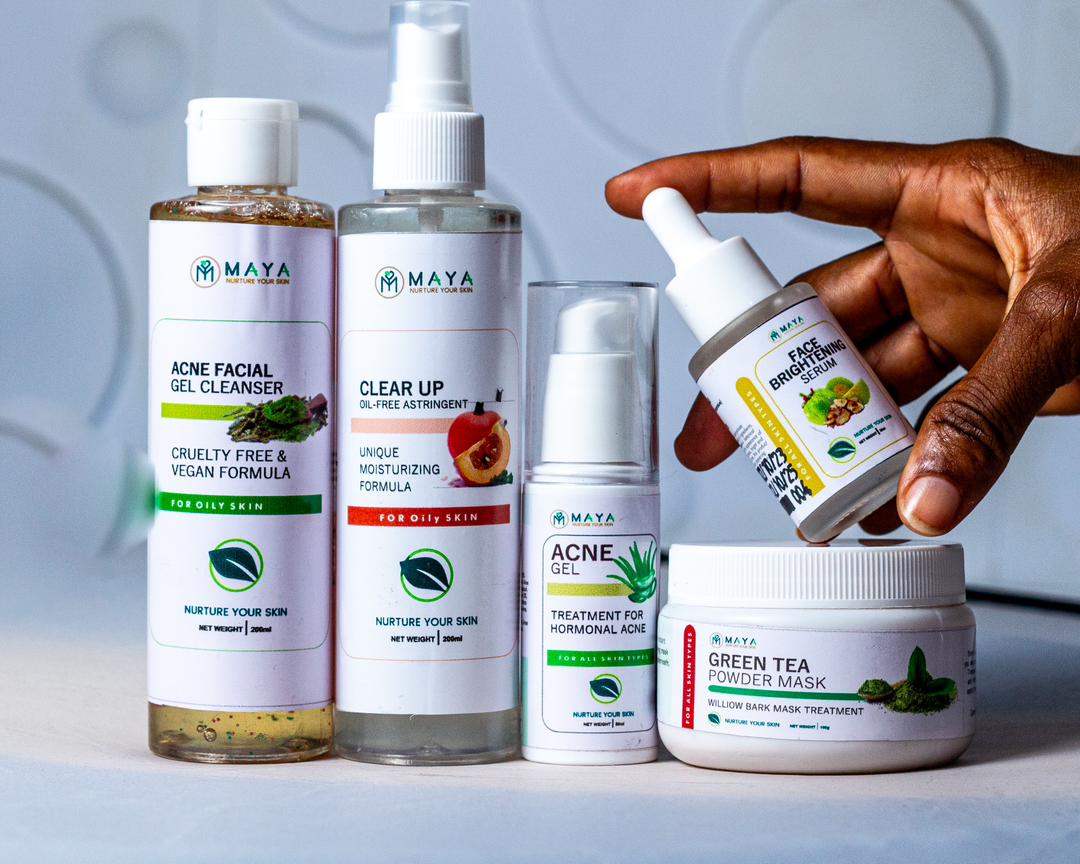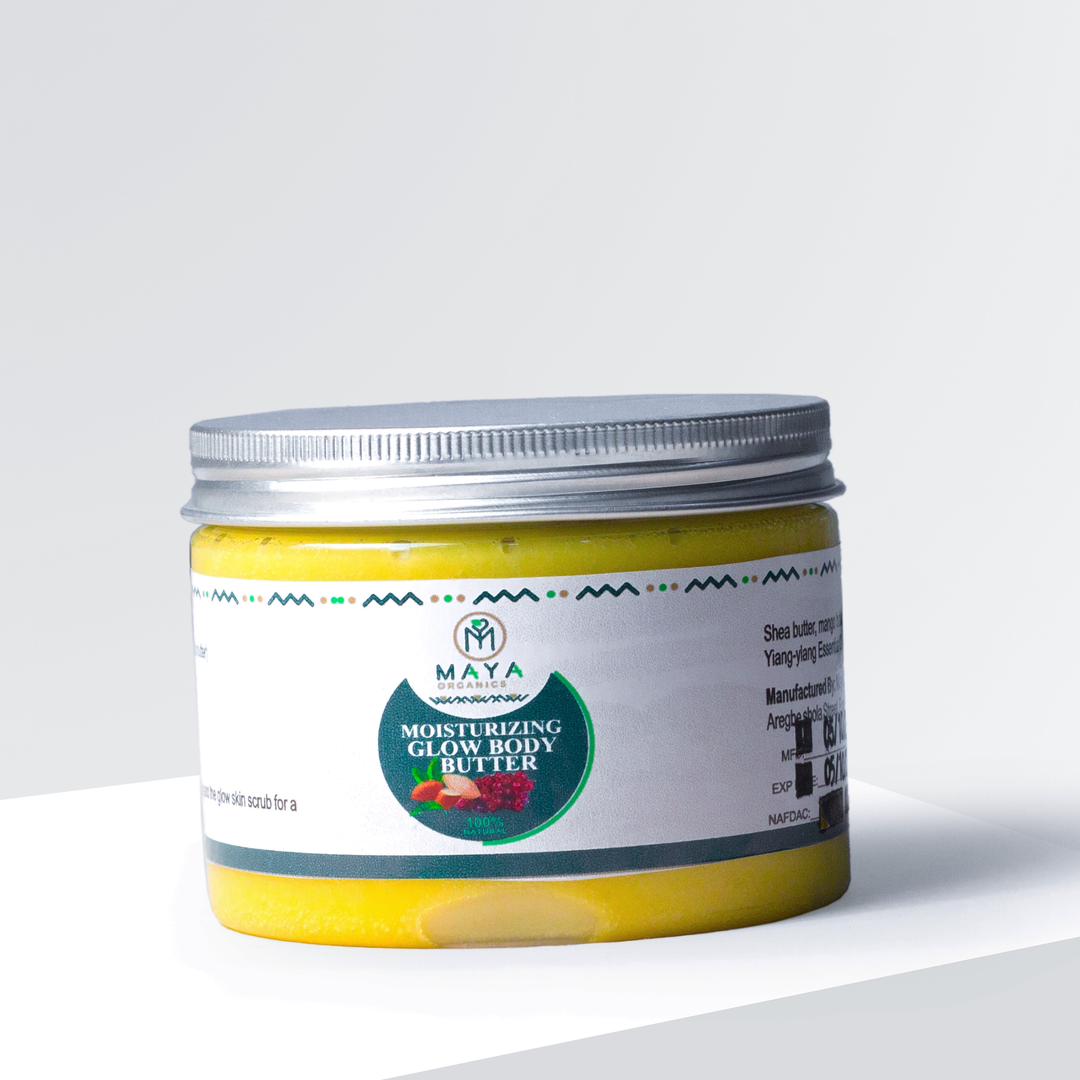WHAT’S MY SKIN TYPE?

WHAT’S MY SKIN TYPE?
This is the question most people need to ask before embarking on a skincare journey. Have you really tried a “wonderful” new skincare product only to find it ineffective or worsening your skin? It could have been inappropriate for your skin type. It’s important to understand your skin type in order to practice the most effective skincare. Ladies had a limited assortment of skincare products back in the day, such as those perfumey “all-purpose” cold creams on your mother’s bathroom counter. There are a number of formulas available today to fit our various skin types, but they only function to their full potential if you use the one designed specifically for you!
If you misdiagnose your skin type and use the wrong products, it might irritate your skin and cause irritation, excess oil, breakouts, or skin dryness, which can exaggerate wrinkles.
Skincare is both an art and a science, but don’t be intimidated: anyone can learn it. Knowing your skin is the key to caring for it because knowing it allows you to discover the proper solutions for yourself and tackle possible difficulties without generating further problems.
You’ve probably heard about the many skin types: normal, oily, dry, combination, and sensitive. Which one do you have?, though, It is subject to alter over time. Younger people, for example, are more likely to have a normal skin type than elderly persons. What’s the difference between the two? Your personality type is determined by factors such as: How much water is in your skin, and how much water is in your skin influences its comfort and elasticity,
Its suppleness is influenced by how oily it is. What is the degree of sensitivity?
Because skincare products aren’t yet another miracle cure (but doesn’t it make life so much easier? ), it’s crucial to understand your skin type so you can get the most out of your skincare regimen.
Today, I’m thrilled to assist you in determining your skin type and determining the appropriate items to care for your beautiful skin!.
HOW TO IDENTIFY YOUR SKIN TYPE EASILY
When it comes to skincare and treatment, it’s critical to distinguish between skin type and skin issues. Concerns might range from wrinkles or signs of aging to hyperpigmentation or transient dryness, and they can affect people of all skin types. For example, many people believe that acne-prone skin is a type; nevertheless, acne can affect people of different skin kinds. Skin changes can also vary with time or be influenced by factors such as the environment, age, or hormone changes. For example, your skin may get more oily in the summer but require lotion in the winter. As a teenager, especially during specific stages of your cycle, you may have more acne or greasy skin. Your skin issues may have altered in these circumstances, but your skin type is likely to remain the same.
When selecting skincare products, keep this in mind. You may need to purchase additional items to address specific difficulties, but you should establish a good skincare routine with products that are appropriate for your skin type.
- THE 7 DIFFERENT SKIN TYPES
- OILY SKIN TYPE
- DRY/DEHYDRATED SKIN TYPE
- NORMAL SKIN TYPE
- COMBINATION SKIN TYPE
- MATURE SKIN TYPE
- ACNE-PRONE SKIN TYPE
- SENSITIVE SKIN TYPE
OILY SKIN TYPE.
Oily skin produces an excessive amount of sebum, making the skin appear glossy and oily, especially in the T-Zone (forehead, nose, and chin). If you have oily skin, you’re more likely to have enlarged pores, acne spots, and outbreaks.
Excess oil can clog pores and make them look clogged. However, because oily skin has more natural moisture and is less prone to wrinkles, it seems younger and more supple. To stimulate cell turnover and avoid sebum buildup in pores, daily enzymatic exfoliation is required. A light physical exfoliant (one that does not contain abrasives like crushed nuts or seeds, which can create microscopic tears in the dermis) can also help to balance your skin’s tone and texture.
Controlling shine is a major problem for those with oily skin. Although having oily skin has its advantages (such as fewer wrinkles), products like mineral oil, petrolatum, and alcohol should be avoided. Non-comedogenic products are ideal for oily skin because they do not clog pores. Chemical exfoliants and clay masks, as well as oil-free moisturizers (yes, you still need to hydrate! ), are your best friends. Avoid over-washing your face, since this will dry out your pores, causing them to generate even more oil to compensate.
PIH (post-inflammatory hyperpigmentation), a disorder that produces dark patches on the skin after a breakout has healed, is more common in oilier skin. Exfoliation can also help remove dark spots by removing the top layers of skin and revealing the deeper layers beneath.
DRY/DEHYDRATED SKIN TYPE
Although dryness and dehydration are two different issues, they have many of the same symptoms. Here’s how you can tell if you have them on your skin:
Lack of oil in the skin causes dryness. Flakiness, sensitivity, itching, and cracking are some of the symptoms. It could be due to a chronic ailment or a combination of lifestyle and environmental variables (in the case of eczema or related conditions).
Dehydration occurs when your skin does not retain enough moisture. When your skin is pressed together, it may feel tight, have a papery look, or display small, fine wrinkles.
Dry skin has a dull appearance and can become rough, flaky, or even scaly. It has a tendency to feel tight or less elastic, and it can display more obvious lines. It could also become uncomfortable or irritated. External variables such as the weather, low air humidity, and immersion in hot water can all create dry skin, which is generally only temporary. For certain people, though, it may occur more frequently and possibly be a lifelong condition. Although dry skin can crack, and exposing the skin to bacteria is a significant problem, it can create other skin conditions, such as eczema, or make you more susceptible to infections if you don’t take care of it.
The signs and symptoms of dry skin can vary depending on a number of factors, including age, health state, and other reasons. It is characterized by tightness and roughness in the body. Desquamation, itching, redness, and tiny bumps may occur, as well as an ashy gray hue. Apply a heavy moisturizer many times a day to seal in moisture, especially after washing your hands or bathing, to care for dry skin. To aid healing, keep your home’s air warm and wet. Avoid using harsh soaps or products with a lot of fragrance or citrus oils.
When your skin is dehydrated, on the other hand, search for water-based products instead of oil-based products, as oil-based products can aggravate your situation. Above all, make sure you’re getting enough water each day!
NORMAL SKIN TYPE
A “normal” skin type, according to the skincare industry, means that your skin is balanced and free of any bothersome concerns. All skin types strive for equilibrium, yet even the most balanced skin might suffer from breakouts or dullness. In most cases, a good washing, exfoliating, and moisturizing routine will keep things under control.
COMBINATION SKIN TYPE
Combination skin has parts that are both dry and oily, with the T-Zone typically being oily and the cheeks being dry or normal. Because the distribution of sebaceous and sweat glands is not uniform, it exhibits both dry and oily skin characteristics depending on its location. The T-zone (forehead, nose, and chin) is frequently oilier, but the skin on the cheeks is average or dry. It’s most likely mixed if you can’t figure out what type of skin you have. Is your skin dry in certain spots and greasy in others? An oily T-zone (the strip across the forehead and the line down the nose) and dry or normal skin on the rest of the face constitute combination skin. Skin Care Suggestions; Alcohol-based products, which are commonly used on both oily and dry skin, should be avoided. Balance is the name of the game when it comes to combination skin. Use spot treatments to isolate problem areas and toners or balance creams to even out the skin.
MATURE SKIN TYPE.
While everyone’s skin ages at a different rate, the symptoms are pretty universal. You may notice a few wrinkles or more dryness than you did when you were younger. Sagging, dark patches, dullness, and dehydration are common symptoms of older skin.
To address past and potential damage, mature skin requires more intensive skincare. There’s never a bad moment to start an anti-aging practice with restorative treatments that help improve collagen and defend against environmental aggressors while also increasing cell turnover.
CHECK OUT THE MAYA VITAMIN C SERUM
ACNE-PRONE SKIN TYPE
You probably have acne-prone skin if you experience frequent outbreaks (or ones that never seem to go away). This indicates that your pores clog more easily than other skin types, making you more prone to whiteheads, blackheads, and pustules. Acne can affect people with oily or dry skin.
Important: Blemishes on your skin aren’t always caused by acne. In fact, rosacea, a common skin condition that can create acne-like symptoms, is commonly referred to as “adult acne.” Flushing, large blood vessels, thicker skin, and stinging or burning are some of the other signs of this illness.
CHECK OUT THE MAYA TEATREE FACIAL WASH
SENSITIVE SKIN TYPE
Sensitive skin is not an illness that can be diagnosed by a doctor. It’s usually a sign of something else. You may not be aware that you have sensitive skin until you experience a negative reaction to a cosmetic product such as soap, moisturizer, or beauty makeup products.
Acne, rosacea, and contact dermatitis, a type of red, itchy rash, are common in people with sensitive skin. Sensitive skin is also more prone to stinging and burning. Persons with sensitive skin are more likely to have allergic reactions to particular substances, so they should avoid extremely harsh compounds in all of their beauty products, not just skincare. People with acne, for example, should avoid isopropyl myristate, a common chemical in hair conditioners.
People with sensitive skin should avoid friction, extreme heat, and triggers such as alcohol or stress if they are known to irritate their skin.
Sensitive skin can easily be confused with dry skin. When you apply anything to dry skin, it hurts, burns, or gets red.”
Sensitive skin isn’t always a permanent condition, although it can be brought on by over scrubbing, over-exfoliating, or using harsh chemicals.
“Most skin is not as sensitive as you think it is if you use the appropriate products,
For cleansing sensitive skin, try out a list of Maya Organics sensitive skin products or contact a Maya representative






No Comments